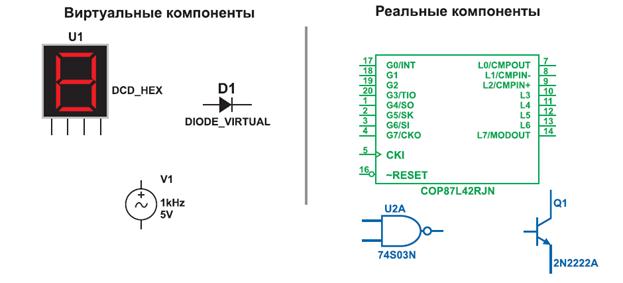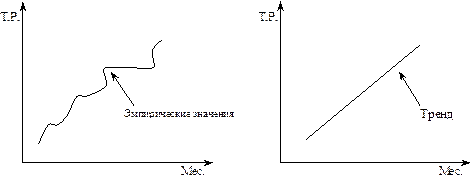MUSCLES AND MUSCLE DISEASES
Muscles (to be) ________ a contractile [ken’traektail] form of tissue. There (to be) _______ over 600 muscles in the human body. They (to occur) __________ in three different systems. There (to be) _____ three general types of muscles:
Cardiac and skeletal muscles (to be) ____________"striated". Skeletal muscles (to divide) ________________ into two subtypes:
Neuromuscular disease (to be) _____ a very broad term. It (to encompasse) _______________ many diseases and ailments that either directly (via muscle pathology) or indirectly (via nerve pathology) (to impair) __________________ the functioning of muscle. Neuromuscular diseases (to be) ______ those that (to affect) _________________ the muscles and/or their nervous control. In general, problems with nervous control can (to cause) _____________ spasticity or paralysis, depending on the location and nature of the problem. A large proportion of neurological disorders (to lead) _____________ to problems with movement, ranging from cerebrovascular accident (stroke) and Parkinson's disease to Creutzfeldt-Jakob disease. Symptoms of muscle disease may (to include) ____________ weakness or spasticity/rigidity, spasming and myalgia (muscle pain). Diagnostic procedures that may (to reveal) ______________ muscular disorders (to include) _______________ testing creatine kinase levels in the blood and electromyography (measuring electrical activity in muscles). Diseases include myasthenia gravis, a form of muscle weakness due to antibodies to the acetylcholine receptor, and its related condition Lambert-Eaton myasthenic syndrome (LEMS). Tetanus and botulism (to be) _______ bacterial infections in which bacterial toxins (to cause) _____________ increased or decreased muscle tone, respectively. The myopathies (to be) _________ all diseases affecting the muscle itself, rather than its nervous control. Muscular dystrophy (to be) _______ a large group of diseases, many of them hereditary. It (to lead) _______________ to progressive loss of strength, high dependence and decreased life span.
|




